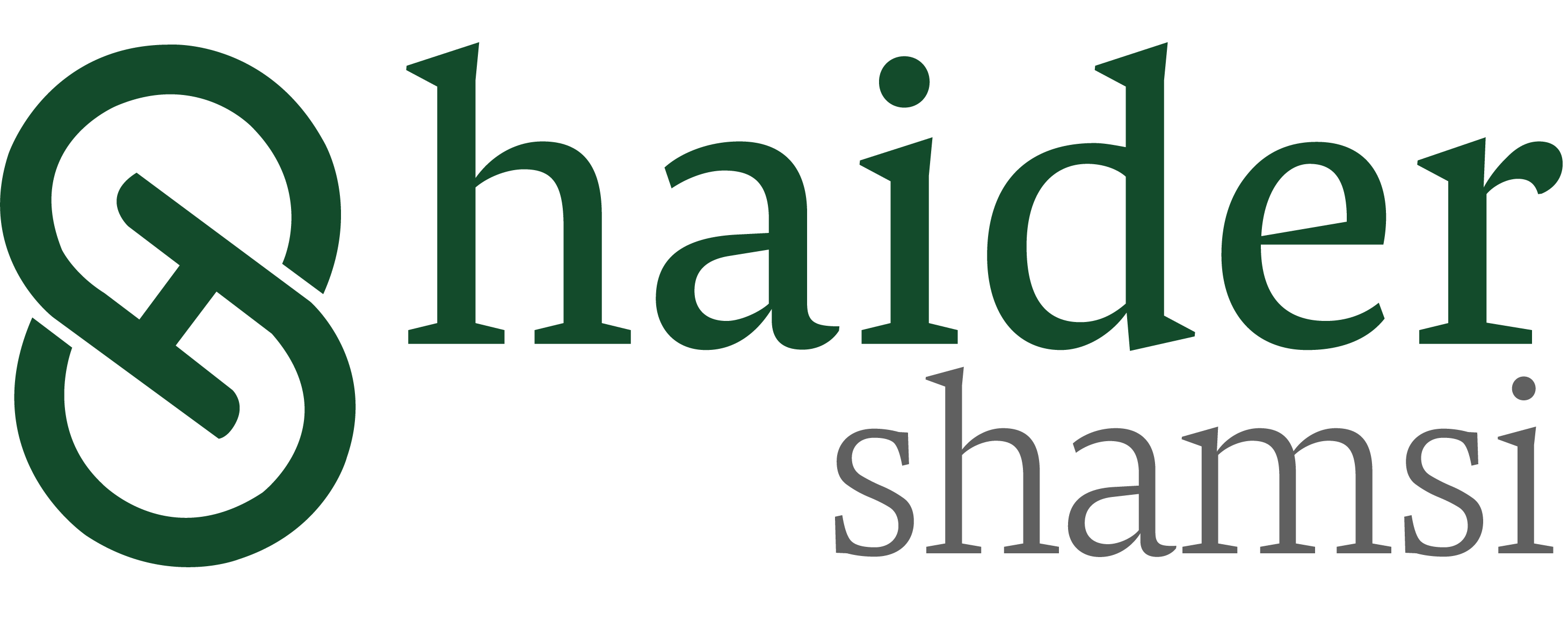As stakeholders’ expectations mount against internal auditors, the responsibility on them also increases to prove their value addition (PwC, 2014). Currently, internal auditing is more concentrated on compliance and reporting objectives. Operations being the third objective of internal auditing has still not received the spotlight. Repeated conventional risks like those associated to financial cycles will present monotony to the boards and managements.
E&Y Survey reveals the Operations being the fourth most desired area to be audited (EY, 2013). Once operations gets upfront, performance management will play vital role to enrich auditing. Auditors will then have to observe the lean times, assess production cycles, perform analytics over buffer levels and test the effectiveness of remuneration on performance. Such procedures will also enhance the quantification of the internal audit productivity. As per survey, less than 20% of the companies use ‘return on investment of internal audit’ as KPI to measure its performance (EY, 2012). One of the reasons for this is the complexity in digitizing the audit recommendations. For instance, benefits of segregation of duties are more subjective to be valued in comparison to the extra costs saved by a change recommended in supply chain.
Many of the internal auditors might have worked on operations by virtue of overlapping nature of the objectives.For example, audit of monthly internal accounts relates to reporting and operations; both. It implies that auditors have got the glimpse of operations, now they need to glean into it. PwC survey shows that auditors have started working on mergers and acquisitions; some tried other domains, but failed (PwC, 2013). All this indicates a realization in the professionals to axe higher. In case, stakeholders’ expectations are not met, internal auditors will only be seen as a cost burden to comply with regulatory requirements.
Works Cited
- (2013). Matching Internal audit talent to Organizational needs. pp. 8, Diagram.
- (2012). The Future of Internal Audit. p. 20; Diagram.
- PwC. (2014). 2014 State of Internal Audit profession study. pp. Page 2, Column 2, Para 2, Line no 9.
- PwC. (2013). Reaching greater heights. pp. 13, Figure 8.

